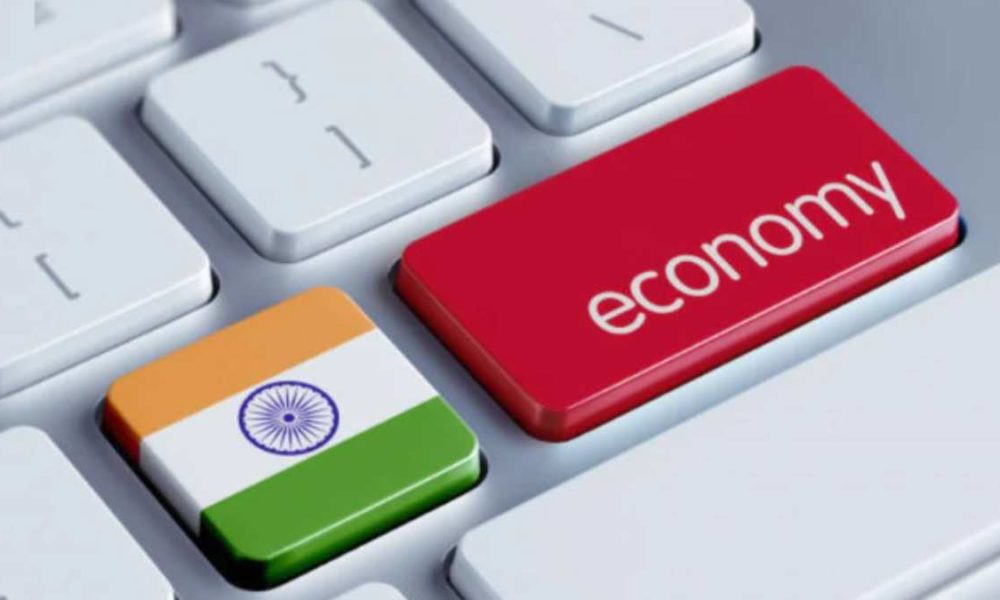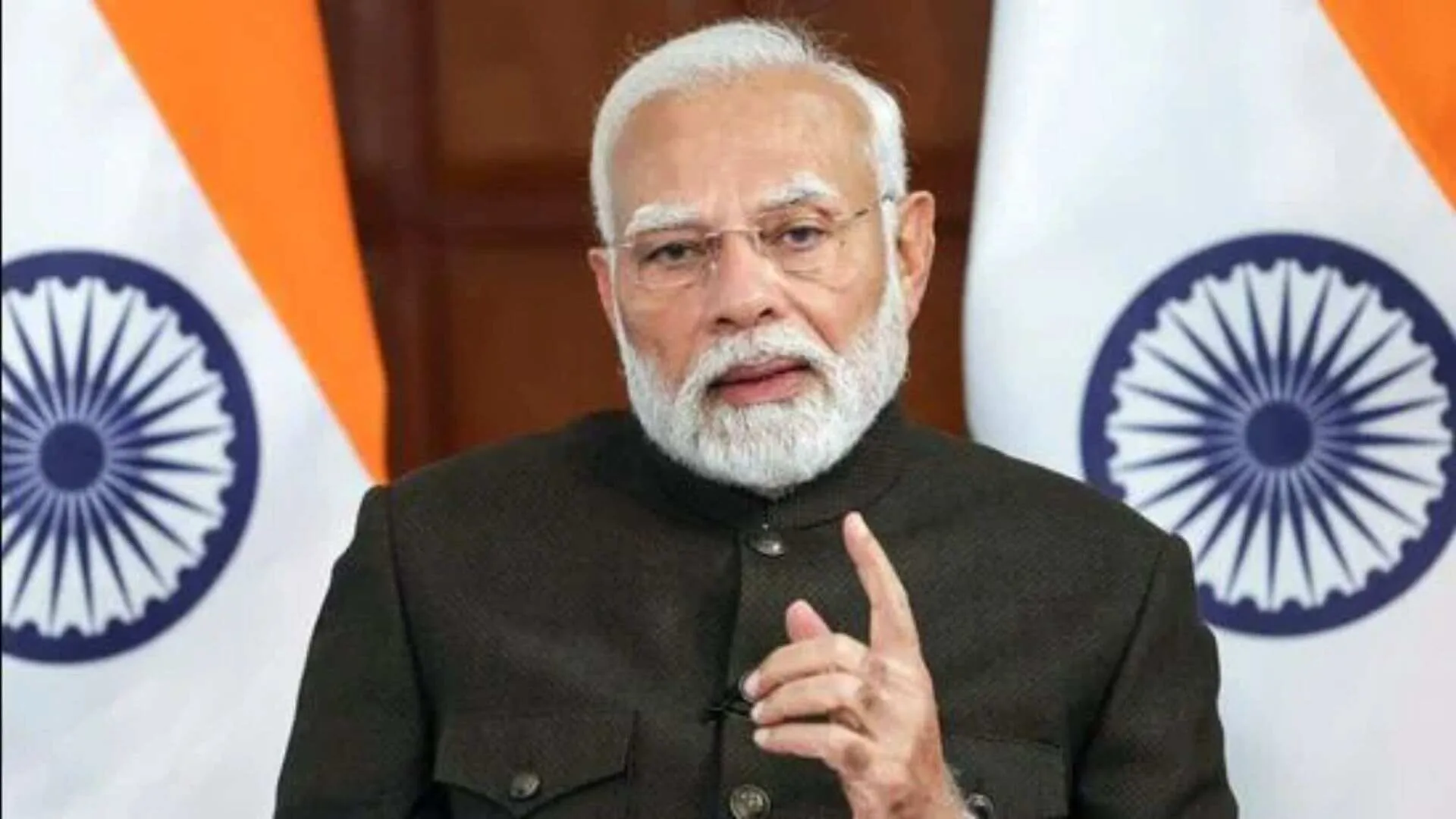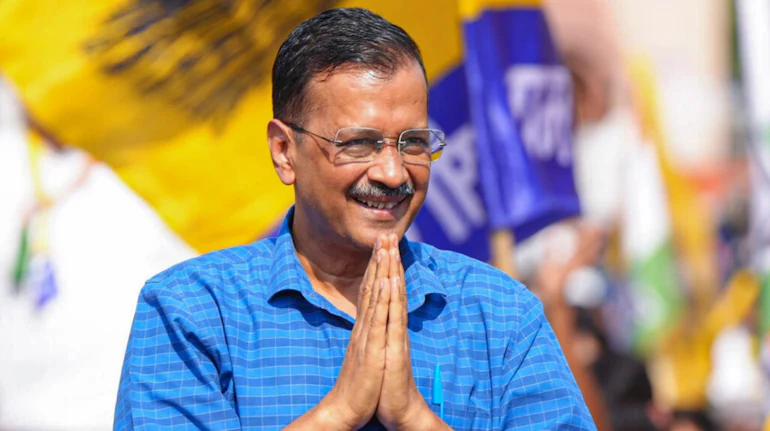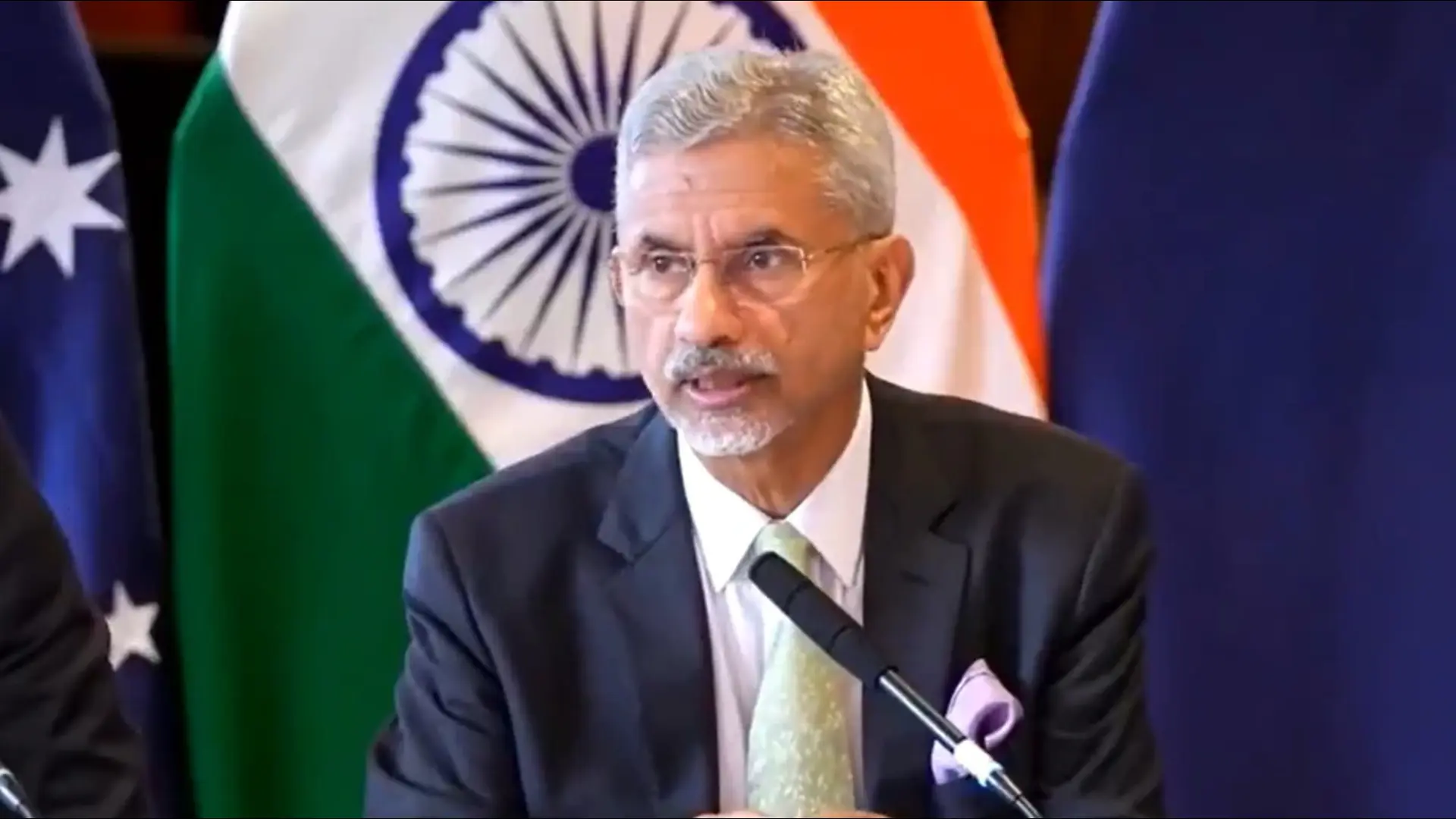In the past few weeks, newspaper headlines have caused worry and uncertainty over the future of the domestic economy. The Indian economy, which is still reeling from the impact of the Covid-19 pandemic, has been riddled with many issues in the past few months. Retail inflation in the country has been at an all-time high driven by high food and fuel prices. The value of the rupee against the dollar has been falling consistently, recording an all-time low just last week. Along with this, there has been a considerable decline in the domestic stock market, causing lower confidence in domestic as well as foreign consumers. The International Monetary Fund (IMF) and other institutions have also slashed the economic growth predictions of the country, further impacting confidence. Given these indicators, the question for every consumer and investor is whether there is reason to panic. While the indicators may paint a worrisome picture, they have to be seen in line with overall global economic trends as well as the domestic health and demand of the country, which might tell a different story.

Source: PxHere

INDIAN RETAIL INFLATION REACHES EIGHT-YEAR HIGH
In the past few weeks, newspaper headlines have caused worry and uncertainty over the future of the domestic economy. The Indian economy, which is still reeling from the impact of the Covid-19 pandemic, has been riddled with many issues in the past few months. Retail inflation in the country has been at an all-time high driven by high food and fuel prices. The value of the rupee against the dollar has been falling consistently, recording an all-time low just last week. Along with this, there has been a considerable decline in the domestic stock market, causing lower confidence in domestic as well as foreign consumers. The International Monetary Fund (IMF) and other institutions have also slashed the economic growth predictions of the country, further impacting confidence. Given these indicators, the question for every consumer and investor is whether there is reason to panic. While the indicators may paint a worrisome picture, they have to be seen in line with overall global economic trends as well as the domestic health and demand of the country, which might tell a different story.
Source: Politico
ECONOMIC GROWTH, PRODUCTION AND DEMAND: PRESSURE POINTS?



In the latest World Economic Outlook (WEO) report published by the International Monetary Fund, India’s economy is expected to grow by roughly 8.2% in the 2023-24 financial year. The RBI has estimated the growth rate for the Indian economy for 2022-23 at around 7.2% (it had lowered the figure from its earlier prediction of 7.8% due to the impact of the Russia-Ukraine war and the breakdown of supply chains across industries). Similarly, the finance ministry has also predicted an 8% to 8.5% growth rate for 2022-23. It should be noted that the IMF has estimated similar declines for various emerging and major economies, due to the overall slowdown of global economic growth. The IMF’s projection for global growth stands at 3.6% in 2022 and 2023 which is 0.8% and 0.2% lower than its January forecast. Economists also point out that economic growth in the country is likely to slow down further as the RBI increases the interest rates, which have already been increased by 40 basis points to 4.4%.
Another factor that is likely to be a pressure point in the domestic economy is the slow increase in India’s industrial production (IIP), which only grew at 1.9%. Similarly, even though exports increased by 24% in April, there was a higher increase in imports by 26.55% which has further widened the trade deficit in the financial year of 2023. The impact of rising inflation was also seen on the stock market, with both the Bombay Stock Exchange (BSE) and National Stock Exchange (NSE) recording declines for the fifth consecutive trading season.
IS THERE A REASON TO PANIC? The Indian stock market is currently experiencing gaps towards the downside as well as a heightened volatility.
The Indian stock market is currently experiencing gaps towards the downside as well as a heightened volatility.

Contributing reports by Damini Mehta, Senior Research Associate at Polstrat and Arin Prabhat, Ashita Koul, Kaustav Das, Nehla Salil, Interns at Polstrat.
Reading these headlines might cause the average consumer to panic and worry about the future stability of the Indian economy, especially given the unpredictable nature of the impact of Covid-19 as well as the ongoing geopolitical tensions.
However, it should be noted that the Indian economy is likely to continue being the fastest growing economy in the world despite the roadblocks caused by rising inflation, supply chain bottlenecks and global slowdowns.
The IMF’s prediction of the growth rate for the Indian economy for 2022 had been cut from 9% to 8.2%. However, the predictions for India are far better than other emerging or major economies. The IMF has predicted a growth rate of 4.4% in 2022 for China as compared to 8.1% in 2021 and 5.1% in 2023. Similarly, the United States is expected to grow at 3.7% in 2022 as compared to 5.7% in 2021. The report has predicted a 0.8% growth rate for Brazil, 2.1% for Germany and 3.7% for the United Kingdom. The RBI, which had hiked the interest rate to help the pressure on inflation, has also decided to continue its accommodative monetary policy stance. The RBI has also decided to focus on the withdrawal of accommodation to ensure that inflation remains within the target going forward while supporting growth.
Additionally, while the value of the rupee is predicted to decline even more in the coming days, economic experts and analysts state that the rupee continues to perform better than other emerging market currencies despite its fall. Over the last month, the rupee has lost about 1.9% of its value with respect to the dollar.
However, for the same time period, the rupee has gained 1% over the Euro, 3.67% over the Pound, 3.55% over the Japanese Yen and even 3.77% over the Chinese Yuan. While overall in the last 12 months, the rupee has depreciated at around 5% as compared to the dollar, it has appreciated by around 9.29% against the Euro. This is important to note when compared to the 2013 collapse of the rupee when the rupee was trading at around 65 against the dollar (September 2013), having lost 15% of its value. During this time period, the rupee fell from 72 in January 2013 to 86 in September, a fall of 16% against the Euro. Similarly, against the British Pound, the rupee declined from 88 in January 2013 to 102 in September 2013.
As the rupee depreciates, the value of Indian exports increases, which economists predict will absorb the shock from the depreciation of the rupee.
India’s exports increased by 24.22% to touch a record high of US$ 38.19 billion in April driven by increased demand for petroleum products, electronic goods and chemicals. Traditional exports of India such as leather and textiles could also stand to benefit from the depreciating rupee. Another positive indicator has been the increase in hiring activity in the country. India created 88 lakh jobs in April, one of the biggest increases since the Covid-19 pandemic started in the country, although it should be noted that overall unemployment continues to be high as per data by the Centre for Monitoring Indian Economy (CMIE).
Source: moiglobal.com























